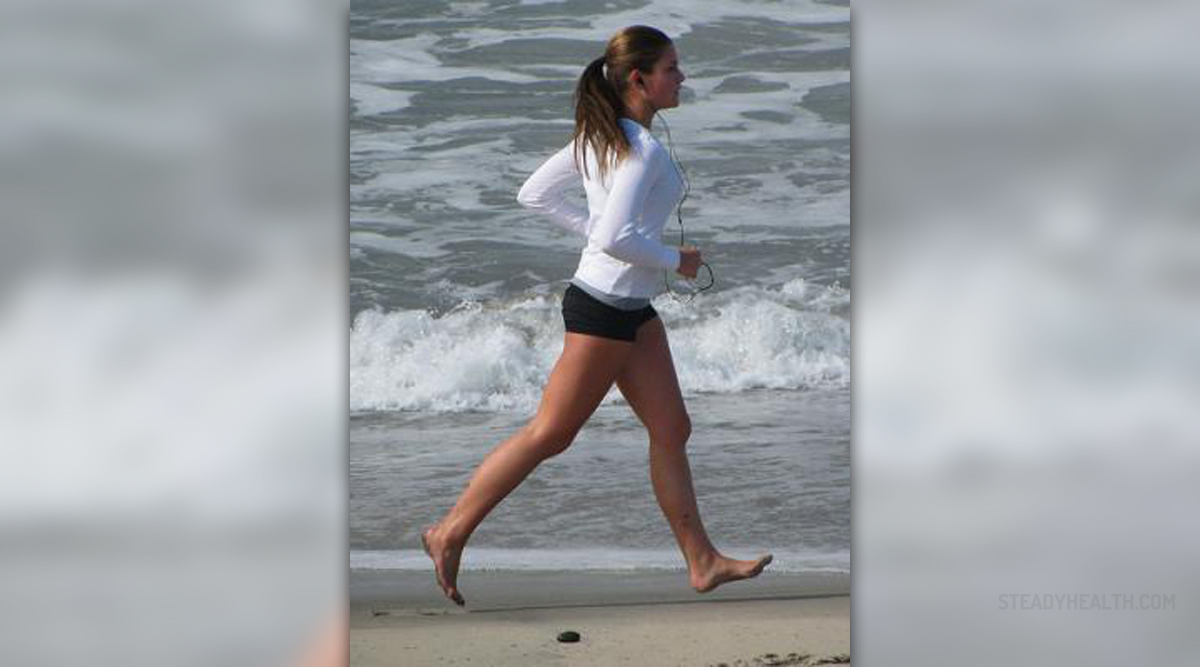
Knees have joints, which are very complicated structures since they have four bones, ligaments, tendons and cartilages. When we run, walk or stand, the knees are the ones that are responsible for bearing the weight of the body. The joints in the knee will bend, straighten and twist when we run and this makes them prone to injuries. So the injury of the joint structure can occur after running.
Causes
Runner's knee is the main reason for the pain felt in the knee after running and this problem is caused by the stride imbalance. So when we run, the balance of the strides is maintained by the knee cap going up and down. And if the imbalance of the feet and legs is present, the knee cap will go more to the sides, which will cause rubbing with the thigh bone or the femur. This leads to the irritation of the cartilage located around the knee cap, which will induce pain. Inflammation and swelling can be felt as well. Overuse can lead to the inflammation of the tendon, which attaches the lower leg part and the knee cap, but this problem can also be caused by running for long distances. Stiffness and pain will be experienced underneath the knee cap, which can even cause tendonitis. Also, when we run, the cartilage can become torn due to its twisting.
Treatment
Treatment for this problem is very conservative and since every pressure on the knee has to be reduced and avoided, the movement and the activities need to be avoided as well. Also, if you feel the pain in the knee after running, you can use ice and apply it on the aching location. You can use a towel previously put in the freezer for this purpose. Place it on the knees and keep it there for 15 minutes. Heating pads can be used before going to bed and they should help in reducing the pain. Anti-inflammatory drugs can also be used if the pain is too strong, but you have to see a doctor before you start using them. Exercising will be implemented once the pain is reduced and this will make the knees strong again. The balance of muscles in the area will also be returned to normal. Always use right running shoes, and if you have a runner's knee, see with your podiatrist about improving the running mechanism. Surgery can also be used as a treatment option, but only in the most serious cases of torn ligaments or a bone fracture. You have to know that the recovery needs to be taken slowly, so be careful when you jog or run and always stretch first. Consult a doctor before you begin with the high impact activities.




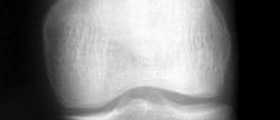
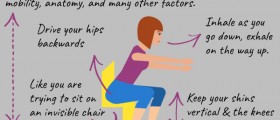
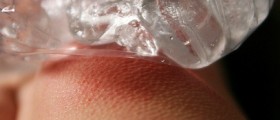


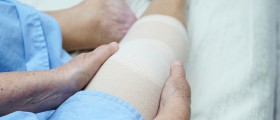







Your thoughts on this
Loading...